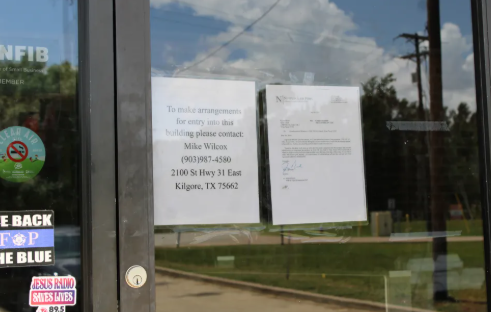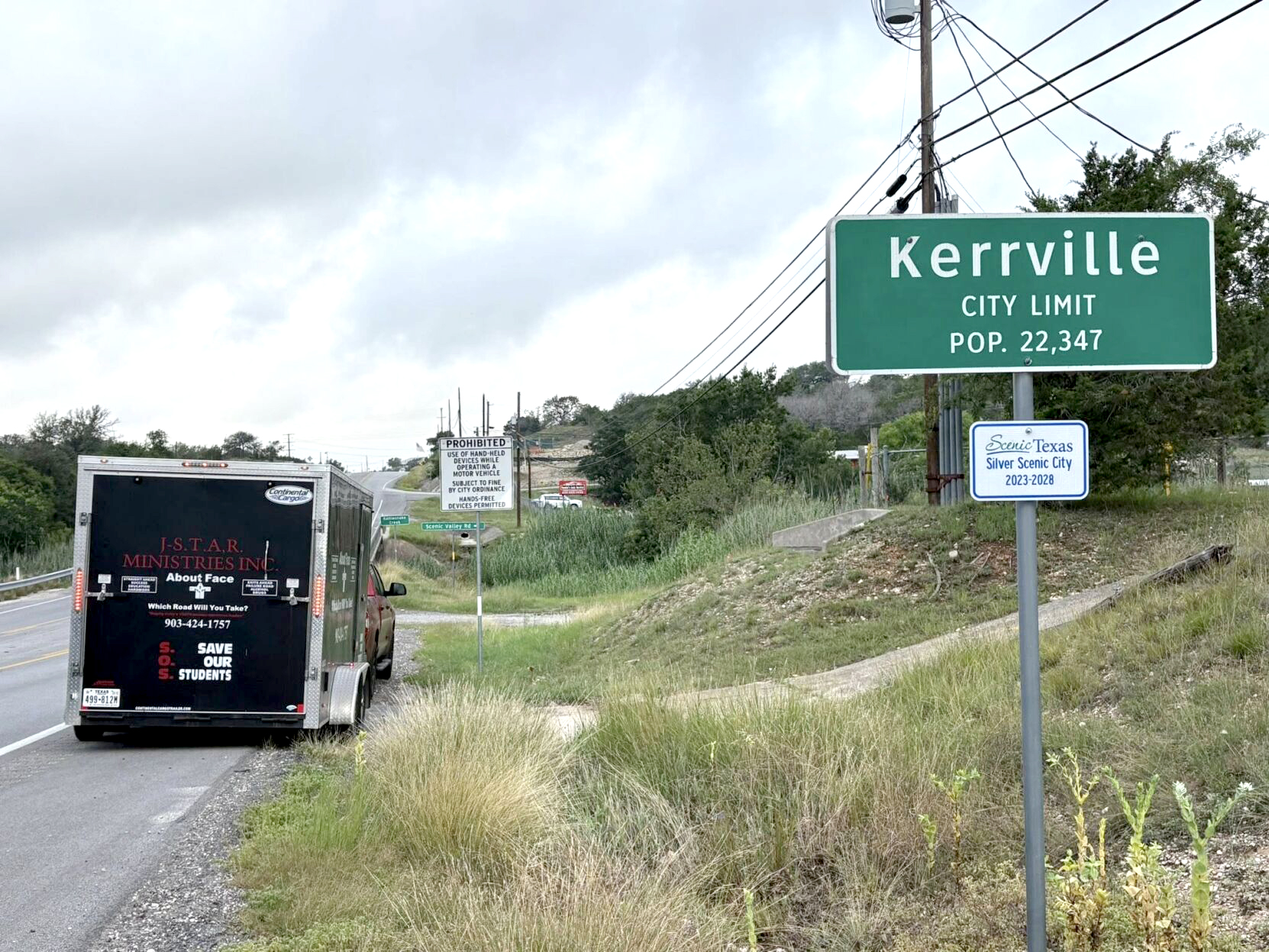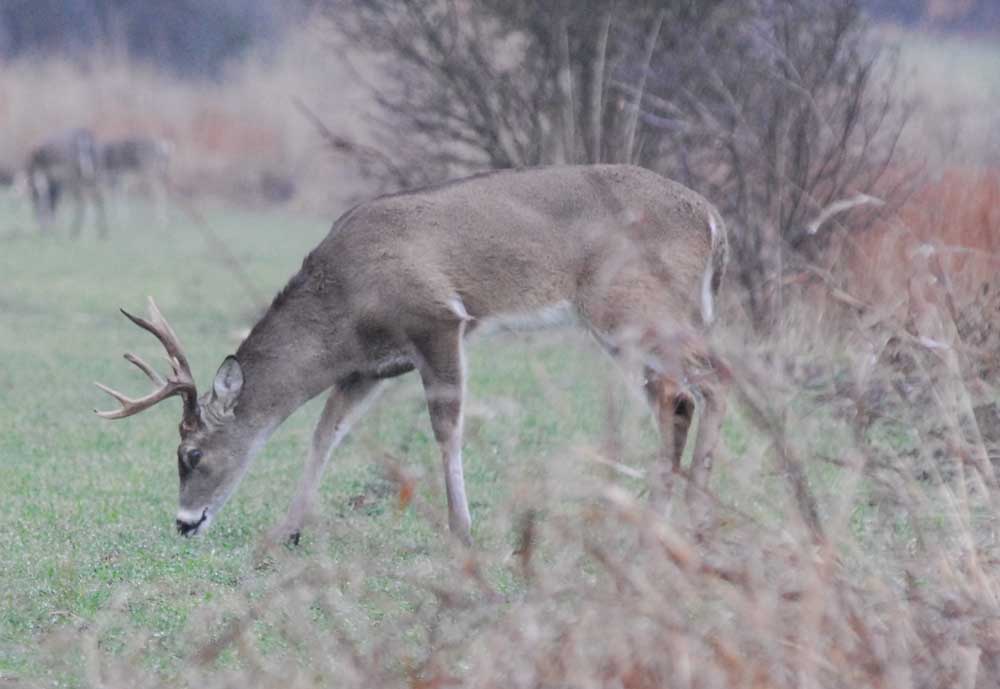How to control turf-destroying white grubs in East Texas
Published 11:45 am Tuesday, April 17, 2018

- Clint Perkins
White grubs are the larval stage of insects commonly known as May or June beetles (or Junebugs). Texas has almost 100 species of these beetles, most of which do not cause significant economic damage to crops or horticultural plantings. A few species, however, commonly damage turfgrass and other cultivated plants. With the arrival of spring, homeowners might want to be on the lookout for grub damage.
White grubs, sometimes referred to as grubworms, injure turf by feeding on roots and other underground plant parts. Damaged areas within lawns lose vigor and turn brown. Severely damaged turf can be lifted by hand or rolled up from the ground like a carpet.
Trending
The most important turfgrass infesting white grubs in Texas are the June beetle, Phyllophaga crinite, and the southern masked chafer, Cyclocephala lurida. Warm-season grasses like bermudagrass, zoysiagrass, St. Augustine and buffalograss are attacked readily by both types of white grubs, with most lawn damage occurring during summer and fall months.
Most turfgrass-feeding white grubs in Texas, such as the June beetle and southern masked chafer, require one year to complete their life cycle (a 2-year cycle is suspected in a portion of the grub populations in North Texas). The May beetle, Phyllophaga congrua, requires 2 years to develop. For simplicity, the following discussion will be limited to species with 1-year life cycles. Once a year, in late spring or summer, adult beetles emerge from the soil to mate. Mated females then return to the soil to lay eggs.
Within about two weeks, the eggs hatch into small, white grubs that feed on grass roots. The pupa, or intermediate stage between the larva and the adult, occurs the following spring and is the last immature phase of the insect’s development cycle. Adults subsequently emerge from the pupal stage when environmental conditions are favorable in early to mid-summer.
Most damage from white grubs occurs during mid-summer to early fall when the larger larvae are actively feeding.
White grub larvae are creamy white and C-shaped, with three pairs of legs. This is the stage of the insects life that we are most concerned about being that the larva stage is what causes all of the damage. After hatching, the white grub passes through three larval life-stages, or instars. These instars are similar in appearance, except for their size.
First- and second-stage instars each require about three weeks to develop to the next life-stage. The third instar actively feeds until cool weather arrives. Third-instar larvae are responsible for most turf grass damage because of their large size (1⁄2 to 1 inch long) and voracious appetites. Large numbers of feeding third-instar white grubs can quickly destroy turfgrass root systems, preventing efficient uptake of food and water. Damaged turf does not grow vigorously and is extremely susceptible to drying out, especially in hot weather.
Trending
White grub damage can be detected by the presence of irregular-shaped areas of weakened or dying grass in the lawn. Less severely damaged turf lacks vigor and is more vulnerable to invasion by weeds. Depending on location within the state, damage may appear any time between the months of June and October. Turfgrass damaged by white grubs has a reduced root system and is easily pulled from the soil. Grubs should be readily found in the top few inches of soil, in the turf grass root zone. Turf grass usually recovers from white grub damage by fall or the following spring.
The insecticides imidacloprid and halofenozide are used most today for white grub control. Imidacloprid is most effective against small and medium-sized grubs, but may kill some grubs larger than 1⁄2 inch long. Imidacloprid trade names include Merit, Bayer Advanced Lawn, Season Long Grub Control and Scott’s Grub-Ex. The lethal effects of the insect growth regulator halofenozide are limited to early white grub life stages. Halofenozide is ineffective if applied too late, after grubs have reached the third-instar life stage. Halofenozide trade names include Mach 2, Spectracide Grub Stop and Hi-Yield Kill-a-Grub.
It might also be noted that sometimes white grub damage can also be mistaken for a fairly common lawn disease called take-all patch, which gives the same or similar traits or signs of damage. The best bet is to dig in the soil and see if you find white grub worms. If you have any further questions, please contact the Smith County Extension Office, 1517 W. Front St. in Tyler, or call 903-590-2980.






